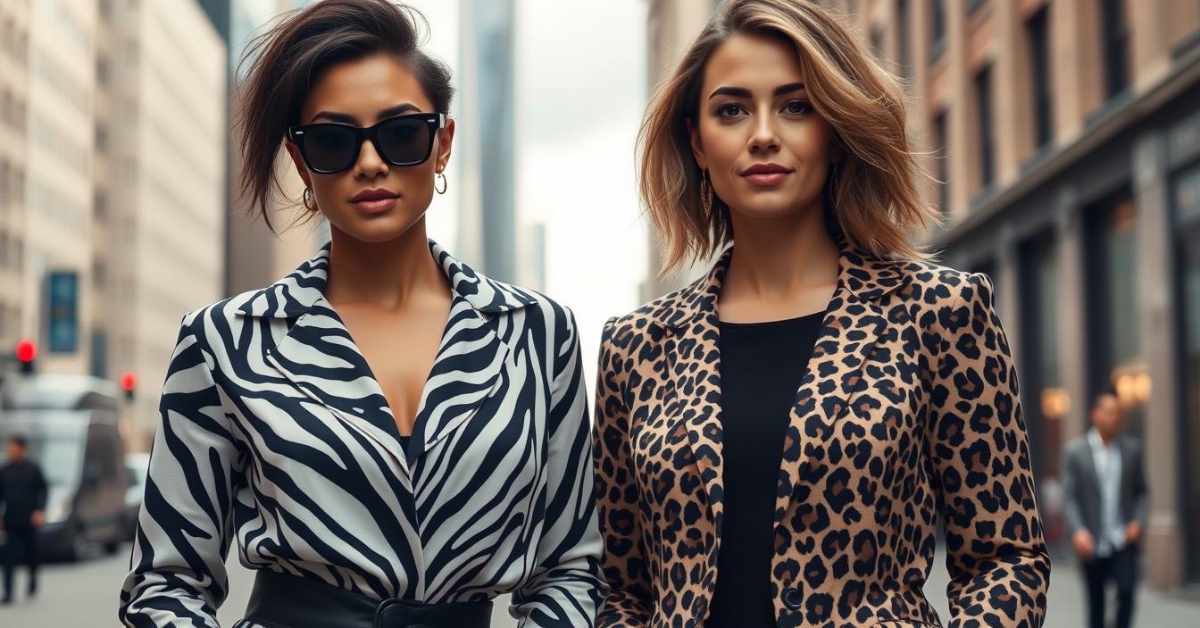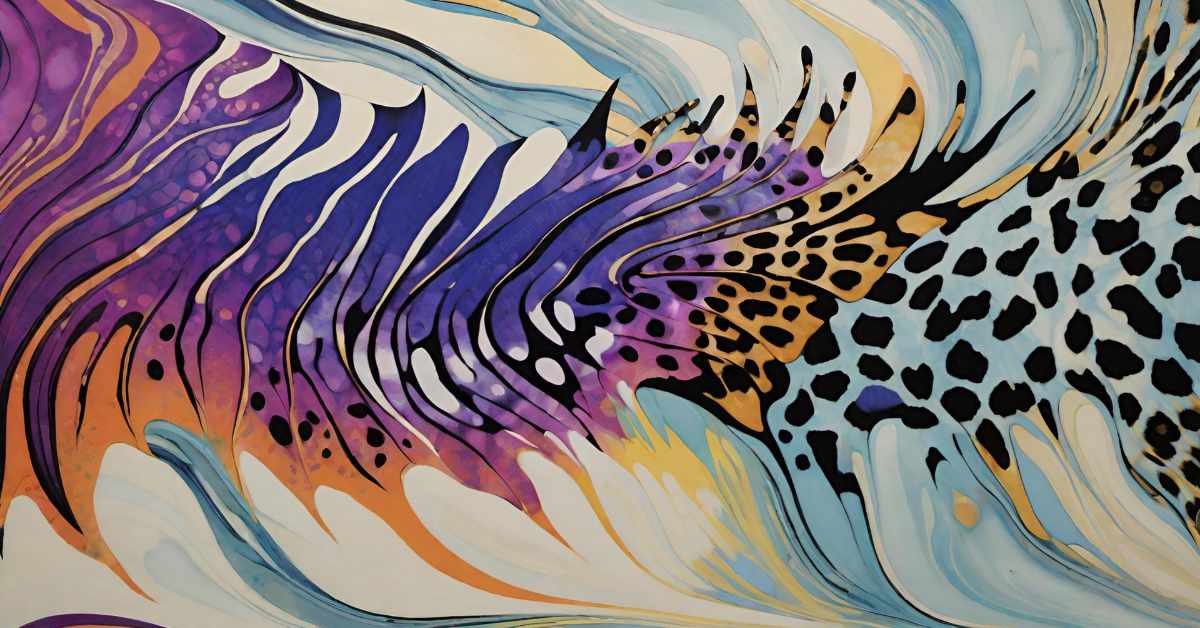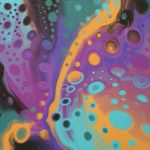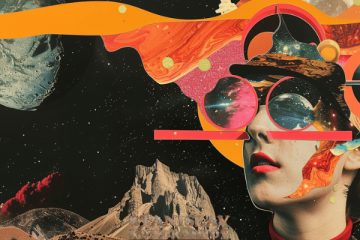The Evolution of Animal Prints: From Classic to Contemporary

As an artist and designer with a deep love for prints and patterns, animal prints have always held a special place in my heart. There’s something inherently captivating about the boldness of zebra stripes and the allure of leopard spots. These classic motifs have not only been staples in fashion for decades but have also found their way into my abstract art, where I experiment with integrating these iconic patterns in fresh, unexpected ways.
In this post, I’m excited to delve into the evolution of animal prints, exploring their journey from classic designs to the contemporary interpretations that continue to dominate the fashion and design world. It’s important to note that this exploration is purely about the beauty of these patterns themselves—not about the use of actual furs or skins. If this is still an uncomfortable subject for you, please feel free to skip this post.
A Brief History of Animal Prints
Animal prints have been a symbol of status, power, and exoticism for centuries. Their origins can be traced back to ancient times when animal skins were worn by royalty and warriors as a sign of wealth and prestige. These prints, derived from the natural patterns of animals like leopards, zebras, and tigers, were coveted for their rarity and beauty.
Fast forward to the 18th century, and we see animal prints becoming more accessible to the general public through textiles. European explorers brought back tales and treasures from distant lands, and with them, the fascination with exotic animals grew. As a result, animal prints started to appear in the homes and wardrobes of the affluent, often as rugs, upholstery, or fashion accessories.
The 20th century, particularly the 1960s and 1970s, saw a significant shift in the use of animal prints. These patterns became synonymous with the counterculture movement, symbolizing rebellion and a break from tradition. Designers like Christian Dior and Roberto Cavalli played pivotal roles in popularizing animal prints in high fashion, transforming them into bold statements of individuality and style.
The Modern Renaissance of Animal Prints
Today, animal prints have transcended their original associations and are celebrated as versatile and timeless motifs in both fashion and design. They are no longer confined to their classic forms but have been reimagined in countless ways, from abstract interpretations to vibrant, unconventional colour palettes.
In contemporary fashion, animal prints are constantly being reinvented. Designers are pushing the boundaries, mixing different animal patterns, experimenting with scale, and introducing unexpected colours. For example, the traditional black-and-white zebra stripe is often seen in neon hues or as part of a larger collage of prints, giving it a modern twist. Similarly, leopard spots have been blown up to oversized proportions or rendered in pastel shades, making them feel fresh and new.
As a designer, I find this evolution incredibly inspiring. Incorporating animal prints into my work allows me to play with the tension between the familiar and the unexpected. By blending these classic patterns with abstract elements, I create pieces that pay homage to the timelessness of animal prints while also pushing them into new, unexplored territories.
Animal Prints in Art and Design

In addition to their prominence in fashion, animal prints have also made a significant impact in the world of art and design. These patterns are not just about mimicking nature; they are about expressing a deeper connection to the wild, the untamed, and the exotic.
In my own work, I’ve enjoyed experimenting with the juxtaposition of animal prints and abstract art. The geometric precision of zebra stripes or the organic flow of leopard spots can add a layer of complexity to an abstract composition, making the piece both visually striking and emotionally resonant. By manipulating scale, color, and placement, I’ve been able to create art that feels both familiar and avant-garde, bridging the gap between tradition and innovation.
The Future of Animal Prints
As we look to the future, it’s clear that animal prints will continue to evolve, reflecting the changing tastes and attitudes of society. Sustainability and ethical considerations are likely to play a bigger role in how these prints are used, with designers seeking out more eco-friendly materials and processes. Additionally, the rise of digital design tools offers endless possibilities for creating new, unique interpretations of these timeless patterns.
For me, the journey of exploring animal prints is far from over. I’m constantly inspired by their beauty and excited by the endless potential for innovation. Whether in fashion, interior design, or art, animal prints remain a powerful tool for self-expression and creativity.
Incorporating these classic patterns into contemporary design not only pays tribute to their enduring appeal but also allows us to reimagine and reinvent them for the modern world. And as both an artist and a lover of patterns, I can’t wait to see where this journey takes me next.






0 Comments